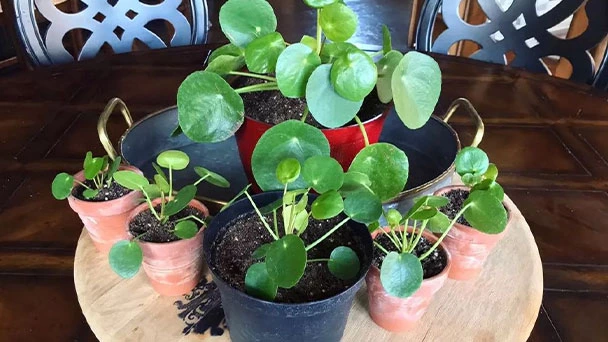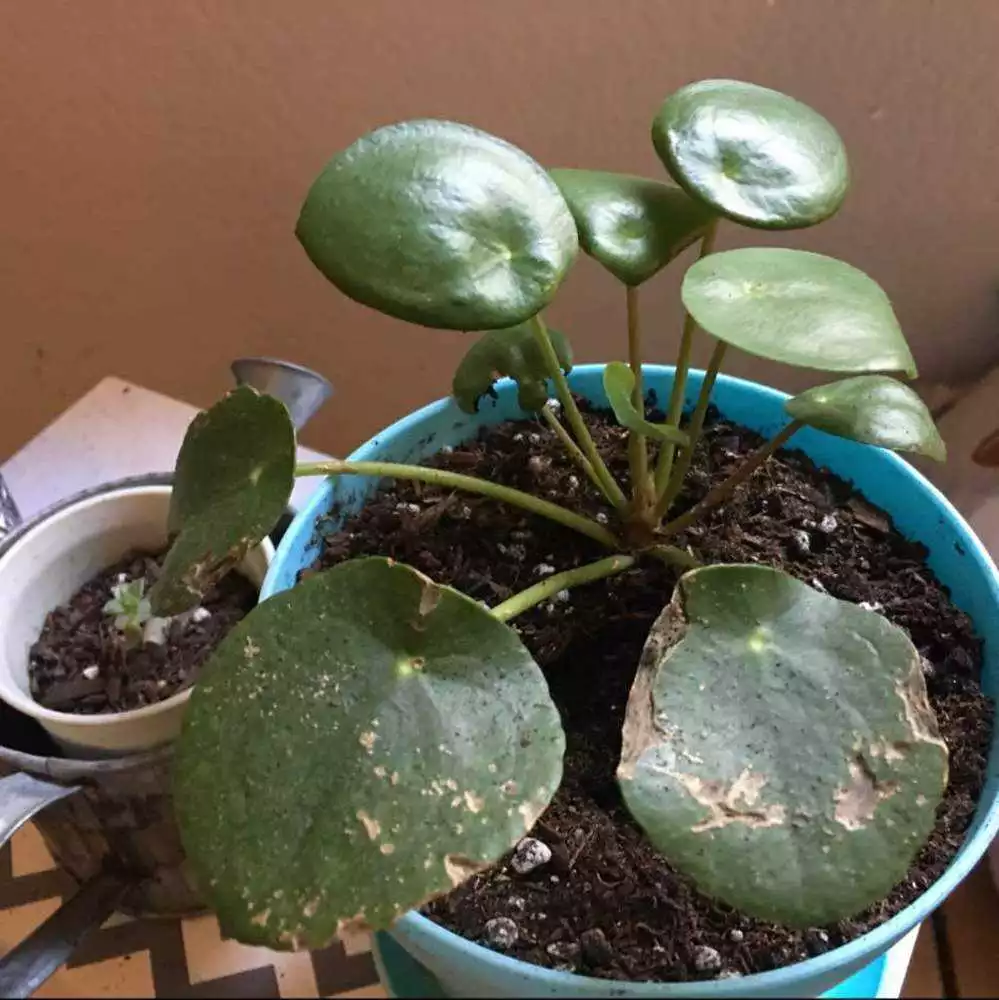Why Does My Pilea Peperomioides Have Yellow Leaves?
Written by Ivy
Dec 29 2021

Pilea peperomioides is a very common ornamental green plant. Its plants are short, its leaves are green and shiny, and it looks very fresh and pleasing to the eye. However, during the maintenance of Pilea peperomioides, the leaves often turn yellow, which not only affects the viewing, but also easily causes the whole plant death of Pilea peperomioides if it is not handled in time. What are the causes and solutions of yellow leaves of Pilea peperomioides?

Read More:
What Is The Best Soil For Pilea Peperomioides?
Read More:
How Much Light Does Pilea Peperomioides Need?
Read More:
How To Water My Pilea Peperomioides?
Yellow Leaves Symptoms of Pilea PeperomioidesCauses and solutions of yellow leaves in Pilea peperomioides
Yellow Leaves Symptoms of Pilea Peperomioides
- Outer Leaves Turn Yellow
- All Leaves Turn Yellow
Causes and solutions of yellow leaves in Pilea peperomioides

- Poor Ventilation
Read More:
What Is The Best Soil For Pilea Peperomioides?
- Temperature Stress
- Improper Light
Read More:
How Much Light Does Pilea Peperomioides Need?
- Wrong Watering
Read More:
How To Water My Pilea Peperomioides?
- Improper Fertilization
- Untrimmed Flowers
- Humidity Level
Latest Updated
- Benefits of Bugleweed - 7 Science-backed Health Benefits
- Bugleweed Dangers & Side Effects - Is It Poisonous?
- How to Plant Evergreen Trees - What You Should Know
- When to Plant Evergreens - Grow Guide for Evergreen Trees
- 12 Wonderful Evergreen Shrubs for Your Garden
- 12 Popular Evergreen Plants with Pictures for Beginners
- When And How To Prune A Lilac Bush Like a Pro
- How to Grow & Care for Lilac Vine (Hardenbergia Violacea)
- Japanese Lilac Tree (Syringa Reticulata) Care & Propagation Guide
- Shumard Oak Pros and Cons - What to Know
Popular Articles
- Winter maintenance of Antirrhinum Majus
- How to Grow Terminalia Mantaly Tree
- How to Grow and Care for Crossostephium Chinense
- How to grow Antirrhinum Majus in spring
- Peristeria Elata (Dove Orchid) Profile: Info & Care Guide
- Underwatered Snake Plant (Sansevieria Trifasciata) - Signs And How To Fix
- How to Care for Brazilian Jasmine Plant (Mandevilla Sanderi)
- How to Grow & Care for Graptopetalum Purple Delight in Summer
- Rosa Chinensis (China Rose): Plant Growing & Care Tips
- How to Care for Baby Sun Rose (Aptenia Cordifolia)